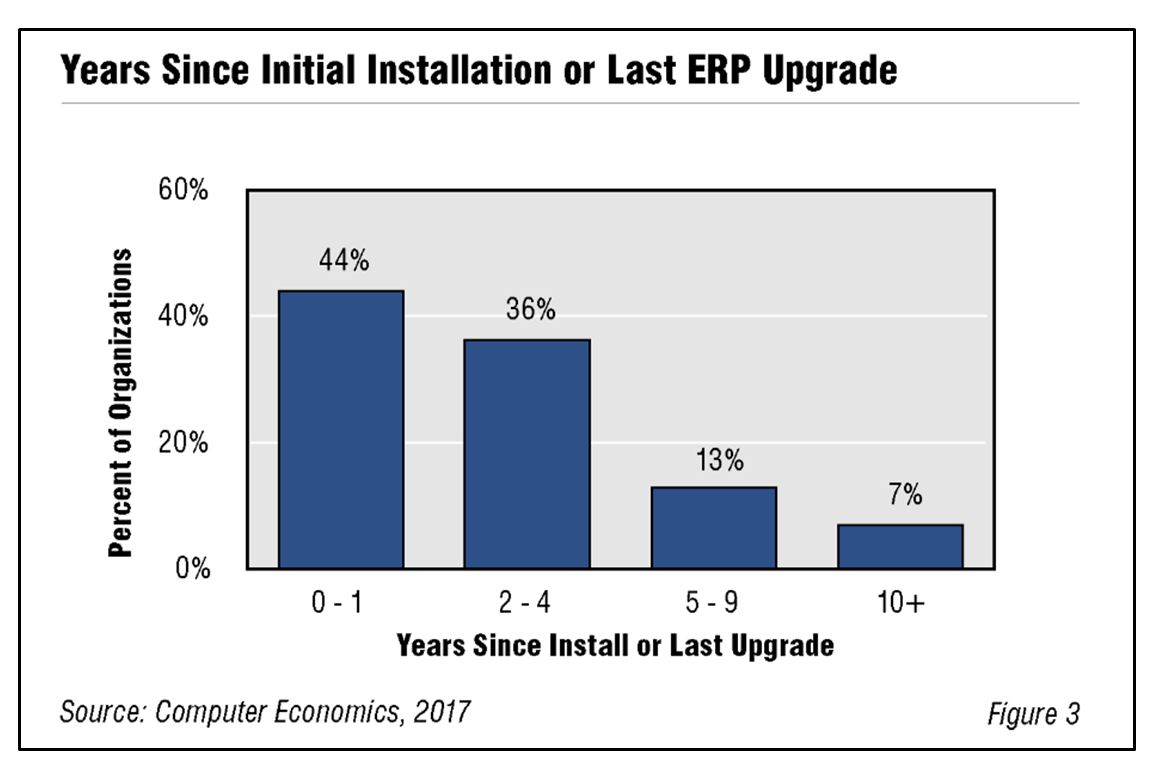Technical debt is a term that describes the consequences of a system that has become out of date because of accrued unapplied updates. But if an organization continues to take on technical debt, the system becomes a true legacy system, falling into a state we describe as “technical bankruptcy.” In this report, we identify the symptoms of technical bankruptcy and the devastating effects that it has on the organization. We continue by quantifying the scope of the problem specifically for ERP systems, using our research on the typical age, frequency of upgrades, and extent of modification of these systems. We conclude with recommendations on how to avoid technical bankruptcy and, for organizations that have reached this stage, strategies for getting out and staying out of technical bankruptcy going forward. (20 pp., 6 figs.)
DISCLAIMER:
Avasant's research and other publications are based on information from the best available sources and Avasant's independent assessment and analysis at the time of publication. Avasant takes no responsibility and assumes no liability for any error/omission or the accuracy of information contained in its research publications. Avasant does not endorse any provider, product or service described in its RadarView™ publications or any other research publications that it makes available to its users, and does not advise users to select only those providers recognized in these publications. Avasant disclaims all warranties, expressed or implied, including any warranties of merchantability or fitness for a particular purpose. None of the graphics, descriptions, research, excerpts, samples or any other content provided in the report(s) or any of its research publications may be reprinted, reproduced, redistributed or used for any external commercial purpose without prior permission from Avasant, LLC. All rights are reserved by Avasant, LLC.


